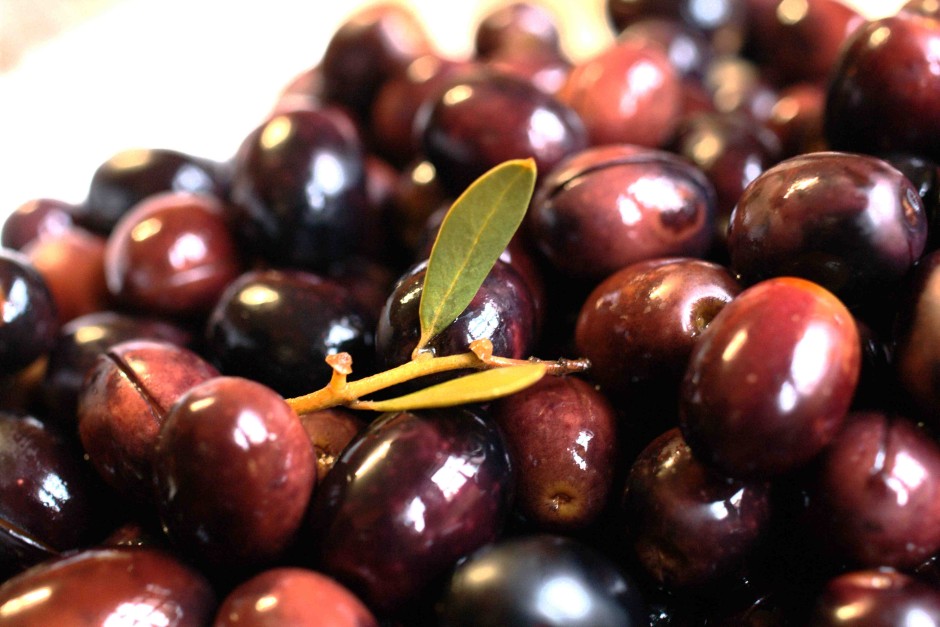I was raised on Polish food with a Jewish accent, but after my first trip to Israel in the summer of 1967, I became hopelessly hooked on Middle Eastern/Mediterranean cuisine, finding it fresh, flavourful and healthy.
In Israel, I discovered the wonders of falafel, hummus, baba ghanoush, tabbouleh, lamb, beef and chicken skewers, roasted peppers, stuffed vegetables, olives, hot pickled peppers and, of course, Turkish coffee.
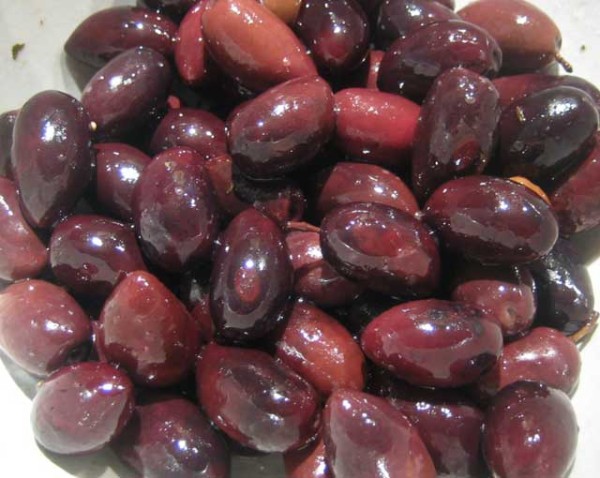
Since then, my appetite for such food, whether Israeli, Lebanese or Turkish, has only grown in intensity.
When I’m abroad on a trip, I always look for Middle Eastern/Mediterranean restaurants. And you never know where you’ll find one. I’ve devoured mouth-watering falafel in Tel Aviv and tangy tabbouleh in Damascus. I’ve tucked into great baba ghanoush in, of all places, Varanassi, India. I’ve feasted on delicious tagines in Fez and aromatic baked beans in Cairo. I’ve licked my plate clean of lamb and potatoes in London. I’ve enjoyed innumerable lunch specials at the Jerusalem, one of the finest restaurants in Toronto.
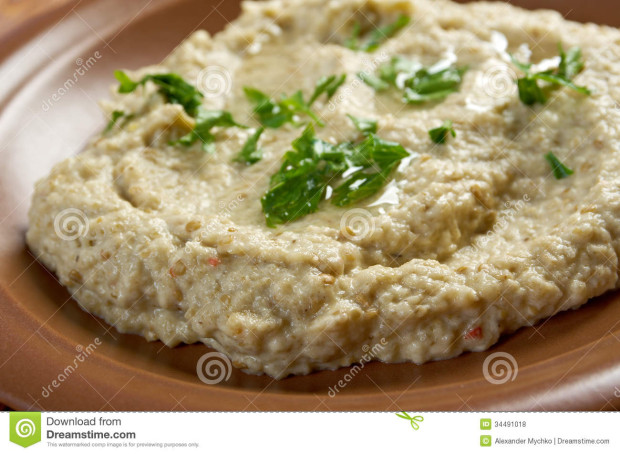
You don’t have to eat out to enjoy the marvellous fare of this region. You can prepare these dishes at home quite easily. But where do you start? I usually consult cookbooks for inspiration and knowledge.
The latest ones on the market are Moorish: Flavours From Mecca To Marrakech (Hardie Grant) by Greg and Lucy Malouf; Istanbul: Recipes From The Heart Of Turkey (Hardie Grant) by Rebecca Seal, and Ottolenghi: The Cookbook (Random House) by Yotam Ottolenghi and Sami Tamimi.
The Maloufs, an Australian team, are seasoned pros, having written New Middle Eastern Food and Modern Middle Eastern Food. In Moorish: Flavours From Mecca to Marrakech, a lavishly-illustrated volume, they take their expertise to the next level through the medium of simplified recipes for soups, salads, snacks, poultry, meat, seafood, vegetables, desserts, cakes and cookies. They also explore the realms of dry and wet spices, dressings and relishes and pickles and preserves.
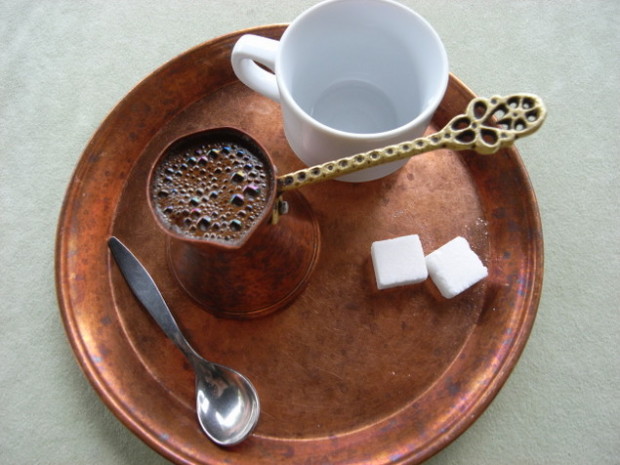
As I immersed myself in their book, I was struck by a number of recipes — fennel soup with lemon and cinnamon, shredded carrot salad, preserved lemon risotto, cracked wheat pilaf with wild mushrooms and sour cream, roast leg of lamb with root vegetables, eggplant and feta cheese stir fry and Moroccan apple and lime cake.
Eat and enjoy.
As Rebecca Seal writes in Istanbul: Recipes From The Heart of Turkey, Istanbul’s food culture is as diverse as its architecture, with influences coming from Iran, the former Ottoman Empire, the Arab world and local Armenian, Greek and Jewish communities.
I can attest to her claim, having visited Istanbul twice. It’s an exotic and pulsating city where even the most unassuming restaurant can serve up an excellent meal at a reasonable price.
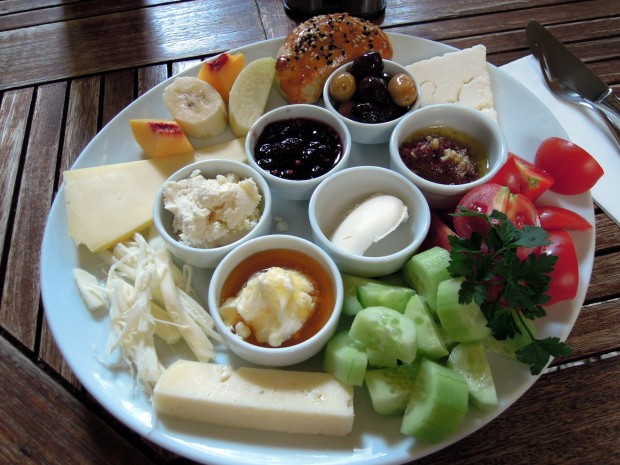
She divides her book into seven sections: breakfast, breads and savoury pastries, mezzes and salads, meat and fish, vegetables and sides, pickles and garnishes and desserts, cakes and drinks.
The recipes, brief and to the point, cover a large terrain of tastes. Some of my favourite ones: Spiced scrambled eggs, smoky aubergine dip, marinated lamb kebabs, beef meatballs with sumac and garlicky yogurt, chicken with apricots and almonds, fragrant chicken pilaf, leeks slow-cooked in olive oil, red cabbage salad and sweet ricotta pudding.
Seal’s book is peppered with fine photographs of her favourite dishes, Istanbul, and its food vendors, all taken by Steven Joyce.
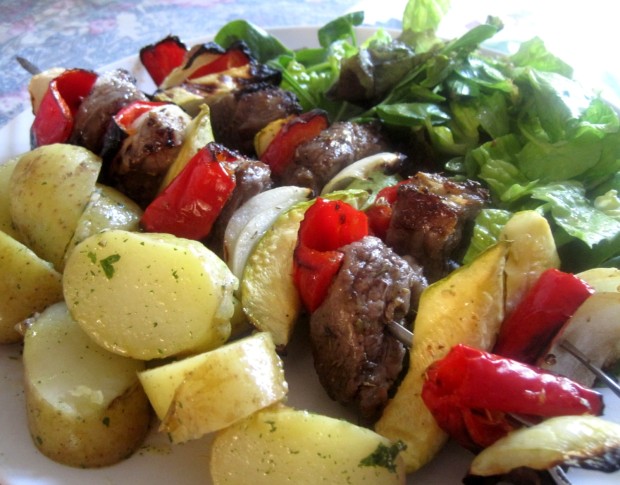
Yotam Ottolenghi and Sami Tamimi are an unlikely pair: an Israeli Jew and a Palestinian Arab, both from Jerusalem. Partners in four London restaurants, each a deli, restaurant, patisserie and bakery rolled into one, they have become celebrity chefs.
Their book, Ottolenghi: The Cookbook, is eclectic. They expound on their culinary philosophy, their personal stories and their preferences in ingredients. They like sea salt, garlic, lemon, olive oil, fresh cilantro, mint, yogurt, pomegrante, tahini, sumac and zaatar, rose water and orange blossom water, maple syrup and sweet potatoes, among other ingredients.
They whip up dishes like cucumber and poppy seed salad slathered in sunflower oil and white wine vinegar, marinated romano peppers with buffalo mozzarella, red lentil and chard soup, marinated rack of lamb with cilantro and honey, roast chicken with saffron, hazelnuts and honey, seared tuna with pistachio crust and papaya salsa, orange polenta cake and raspberry and oat bars.

The recipes brim with originality and prove beyond a doubt that Middle Eastern and Mediterranean food should be tried and savoured, whenever and wherever possible.
